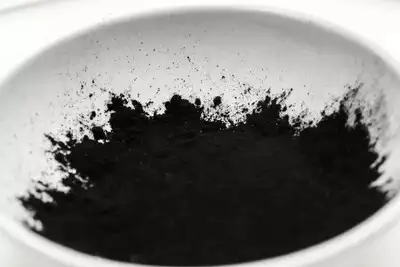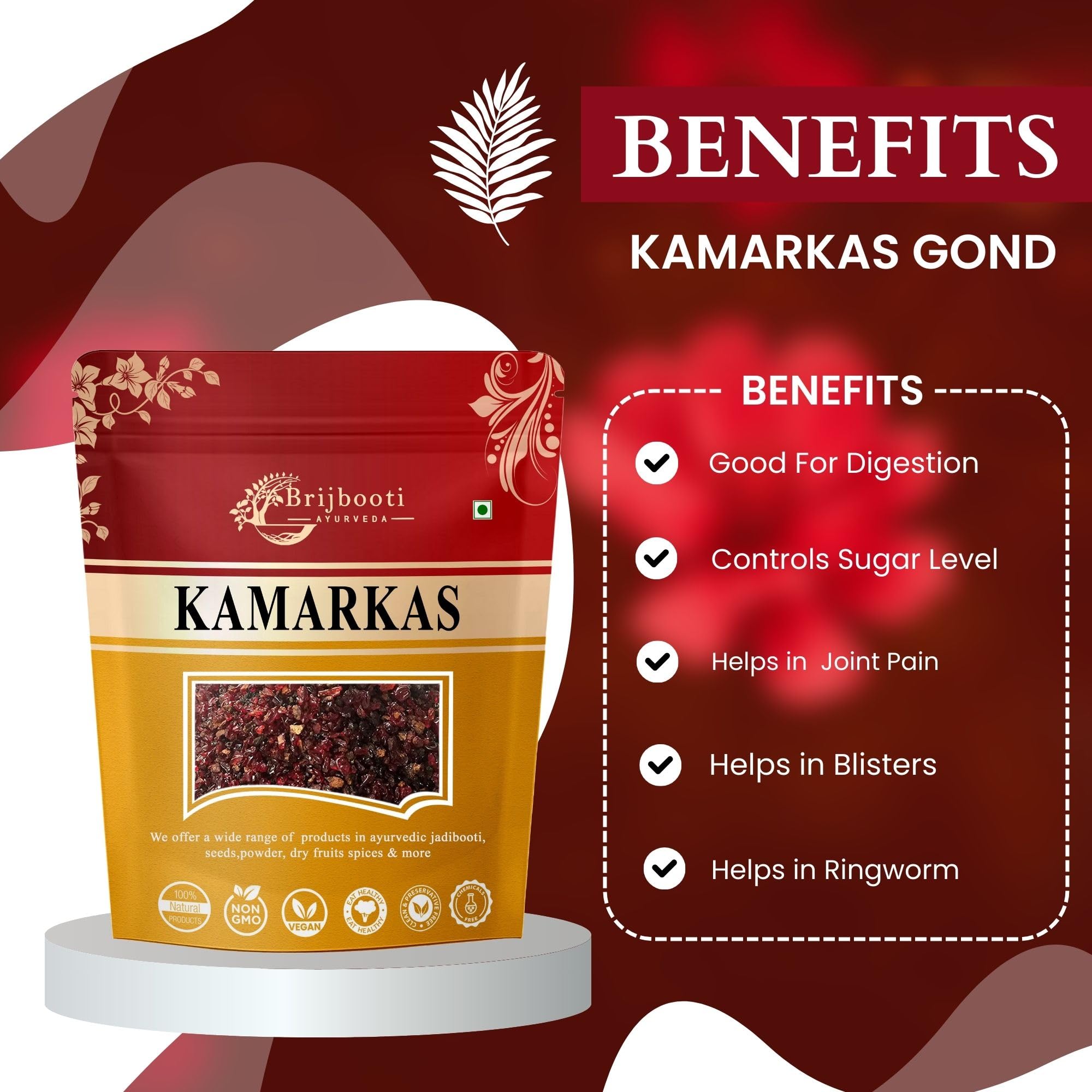Creating organic kajal (kohl) during Diwali is a time-honored tradition that not only enhances beauty but also carries cultural and spiritual significance. Often applied to ward off negativity and symbolize clarity, making kajal naturally on Diwali night adds a personal touch to this festive practice.
Ingredients:
- 1-2 teaspoons of clarified butter (ghee)
- A small copper or brass lamp or diya
- Cotton wick
- A steel plate or small metal bowl
- Almond oil or castor oil (optional, for additional benefits)
Steps:
- Prepare the Diya: Place the cotton wick in the diya and fill it with ghee. Almond oil can also be added for extra nourishment.
- Light the Diya: Place the diya in a safe location where the soot can gather on a steel plate or bowl held above the flame. Adjust it so the flame touches the plate just enough to create a steady stream of soot without causing the plate to heat up excessively.
- Collect the Soot: Once the diya burns out or you feel enough soot has gathered, scrape it carefully into a small, clean container.
- Mix with Oil: Add a drop or two of almond or castor oil to the soot and mix until you achieve a smooth, paste-like consistency.
Significance of Making Kajal on Diwali:
Applying kajal is traditionally believed to ward off the “evil eye” and provide protection from negative energies. Made naturally with ghee or almond oil, it’s also rich in nutrients that soothe and protect the eyes. The practice embodies the Diwali spirit of inner and outer clarity and light, symbolizing protection, wellness, and purity.
Enjoy this natural, safe alternative to commercial kajal this Diwali and experience the deeper cultural connection it brings!




